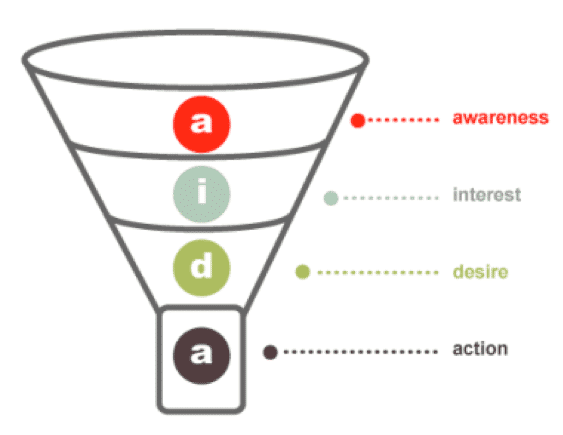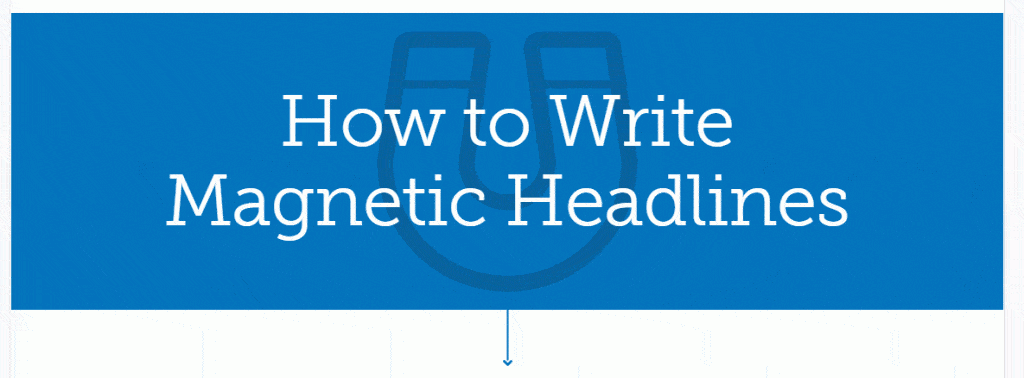If you’ve skipped to Part 2 of this series because all you’re really looking for are quick tips to help your web copywriting, and you’re all “yeah, yeah, yeah” about the Preparation steps outlined in Part 1, please at least scan Part 1: Preparation.
Whether it’s for a web page, a landing page, an email – any digital marketing copy – even if you write the world’s most amazing copy ever, if it doesn’t meet the criteria set out in Part 1, the effort could easily be wasted.
For businesses, great web copy must be more than good writing. It must convert readers or at least carry the them along the path towards conversion. Without properly preparing to write conversion-focused copy, you won’t. And then your page won’t sell as much, or generate as many leads or ever be fully optimized to do either.Preview Changes
Turn the Mountain into Mole Hills Part 2
As mentioned in Part 1, a major hurdle between you and a finished page of copy is the huge mountain of effort you see before you when you start out. It’s discouraging, creates writer’s block and turns writing into a chore; which it can’t be if it is to reach its highest potential.
AIDA on the Page
One way to segment the copy of your page, indeed all of the page’s elements, including graphics, images, videos, testimonials etc., is to imagine the entire page as a microcosm of your larger marketing model.
Using our old favorite AIDA (Awareness, Interest, Desire, Action) as an example, your overall digital marketing campaign can be segmented according to the stages of the marketing model, and your web copy can do the same. If you think of this as you go through each of the writing steps that follow below and in Part 3 of the series, it will help you understand the role each step plays in the reader’s cognitive progression towards conversion.
To help you better understand this idea, we have listed the role each writing step plays in the AIDA model beside the heading for each step. Even if you use a more modern marketing model than AIDA, you should still see how each step of writing can relate to a stage of the model.
Without further ado, if you break down your web copywriting into the following steps, it will be easier to do and more successful too:
1. The Headline – Awareness
The first thing you need to know about your headline is that it is the most important copy you will write. If it doesn’t single-handedly grab the reader, they are unlikely to read past it. And move past it to the rest of the page is precisely what you want them to do. So it’s not just an attention getter, but it must also trigger the desire to read on.
“On the average, five times as many people read the headline as read the body copy. When you have written your headline, you have spent eighty cents out of your dollar.”
David Ogilvy
But don’t let all those herculean tasks stop you. Again, dwelling on the bigger picture of headlines reduces your chances of writing a good one.
A good headline starts by writing one.
Try your best to write a clear, catchy headline. Use keywords and/or a key phrase if you can. Don’t worry about how good it is, just write it.
You may have read advice elsewhere that tells you to leave your headline writing until you’ve finished the body of your copy. That’s excellent advice – but it’s misguided.
Your headline is so crucial, the overall process of writing it must continue throughout all your copywriting. Writing a headline off the top helps give you some direction for the body copy, which helps you get started.
But you shouldn’t necessarily let that first headline absolutely dictate the rest of the copy. As you write the body of your page, you might change your direction or discover a new trigger. If you want to keep it as the guiding light of your writing, adjust your headline after you write a certain paragraph, or even after a sentence. And you won’t finalize your headline until you finish all the copy and have a crystal clear understanding of the role the headline must play in getting visitors to read it and stay on the page.
Keep the following thoughts and tips in mind once you finish writing your body copy and you’re ready to finalize your headline:
- Clarity is Crucial – Your headline must clearly give a reason or trigger to read on
- Relevance – This is where Part 1 of this series about preparing to write comes into play. The more you practice the criteria outlined in Part 1, the more relevant your headline will be for the reader.
- Credibility – Your readers are inundated by hundreds of marketing messages every day. The most credible and informative have the highest chance of interrupting their filtering processes and moving to the front of their minds.
- Write 10 headlines after you finish writing your body copy
- Get feedback, tweak and pare those down to three
- Show the three to trusted customers, suppliers, coworkers or anyone else you can think of and pick the top two
- AB test those two to determine the best option. To learn more about some headline writing techniques, and other AB testing criteria check out “5 Variables to Test on Your Landing Page Headlines”.
The good people at Copyblogger.com know a thing or two about headline writing. Check out the headline below from one of their blog posts. In just 5 words, they create a headline that is clear, relevant and credible. And one that compels you to read the rest of the post.
Writing headlines sounds like a lot of work, and it is; but that’s a symptom of their importance. They are worth every bit of effort you use to make them better. If your headline doesn’t convince the reader to consume the other content on the page, the entire page, and all your writing, goes to waste.
In Part 3 of this series, we’ll look at writing the body copy of your page, including writing sub-headlines, paragraph copy and other copy writing devices like bullet points and testimonials.





